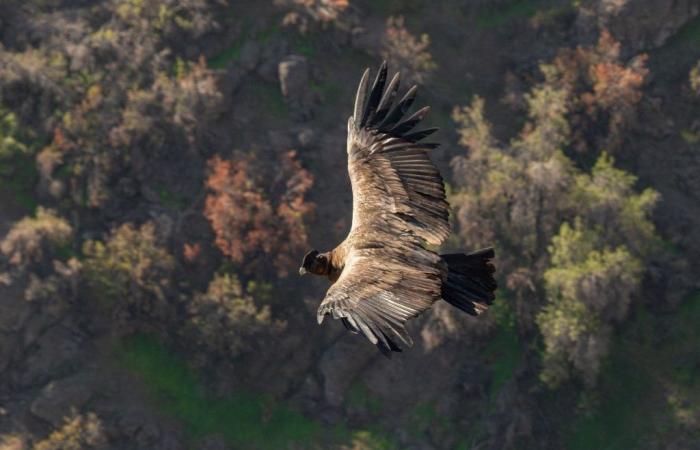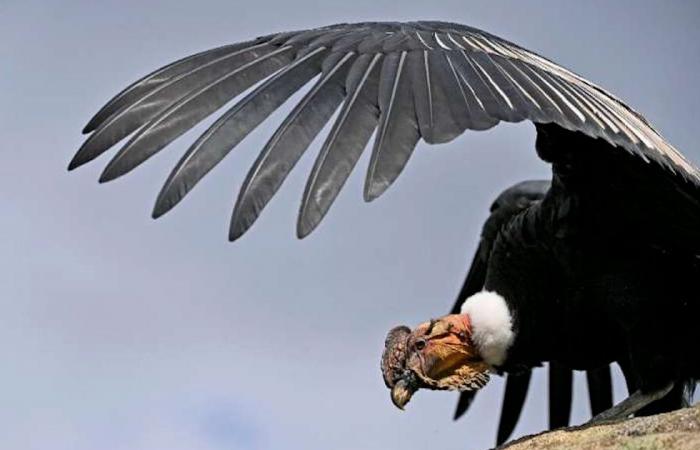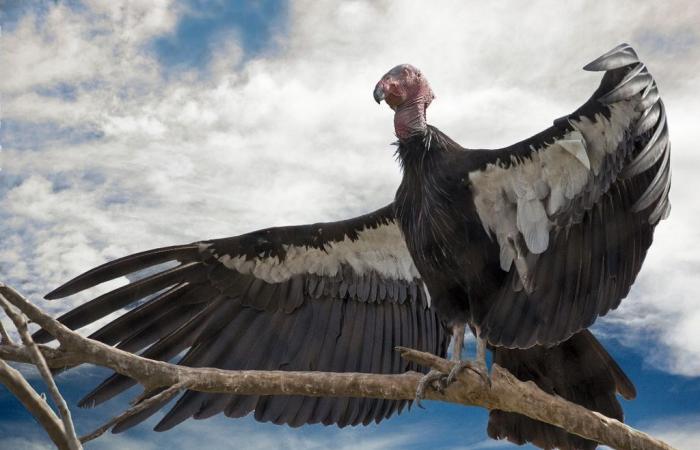Once again the science and technology are inspired by nature to develop innovative designs.
Engineers from the University of Alberta in Canada are designing wind turbines based on the wings of the heaviest bird in the world: the andean condor, capable of flying for more than 200 km in a single glide, taking advantage of the upward currents caused by the orography.
Biomimicry, biomimicry or biomimicry, is the process of observing, understanding and applying biological principles and biomaterials from nature to solve human challenges.
The new design focuses on one particular detail: winglets, a type of wing tip that tapers and curves upward. Winglets can be frequently seen on airplanes and gliders, and serve to optimize flight performance, because they help travel greater distances while consuming less energy.

Alberta engineers, in association with the company Biome Renewables, propose placing these C-shaped winglets on wind turbine blades.
They argue that by reducing resistance, increases turbine efficiency by up to 10%. The researchers simulated the rotation of the turbine blades using computational fluid dynamics.
“This incorporation aims to increase the energy production of a wind turbine and requires only a modest capital investment. The results indicate that the addition of This design leads to a 9.69% increase in energy production”, they write in the study published in the journal Science Direct.

Designed as a modernization of existing turbines, the wing could reduce the price of electricity for Albertans while reducing fossil fuel consumption.
“This will make a difference. It could make some of our wind farms are more economically viable on days when there is not much wind,” said Brian Fleck, an expert in fluid dynamics and leader of the research.
The secret of the condors: the physics behind winglets
The wings of an airplane generate lift by the pressure difference between the bottom and top (intrados and extrados, respectively).
He An airplane wing profile is designed to speed up airflow at the top and slow it down at the bottom. This creates less pressure at the top and more pressure at the bottom, creating an upward force called lift. This principle is based on Bernoulli’s law and the principle of conservation of momentum.
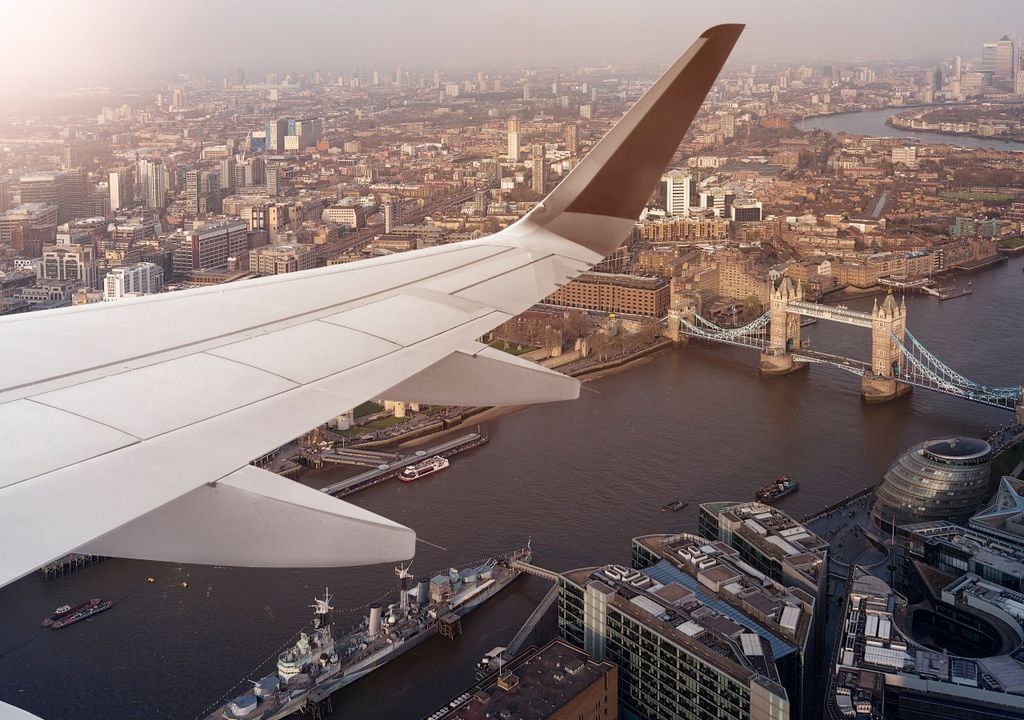
When the airflow moves along the wing of the aircraft, it tends to form eddies at the tips, known as vortices. These vortices create additional aerodynamic drag, which can reduce flight efficiency and stability.
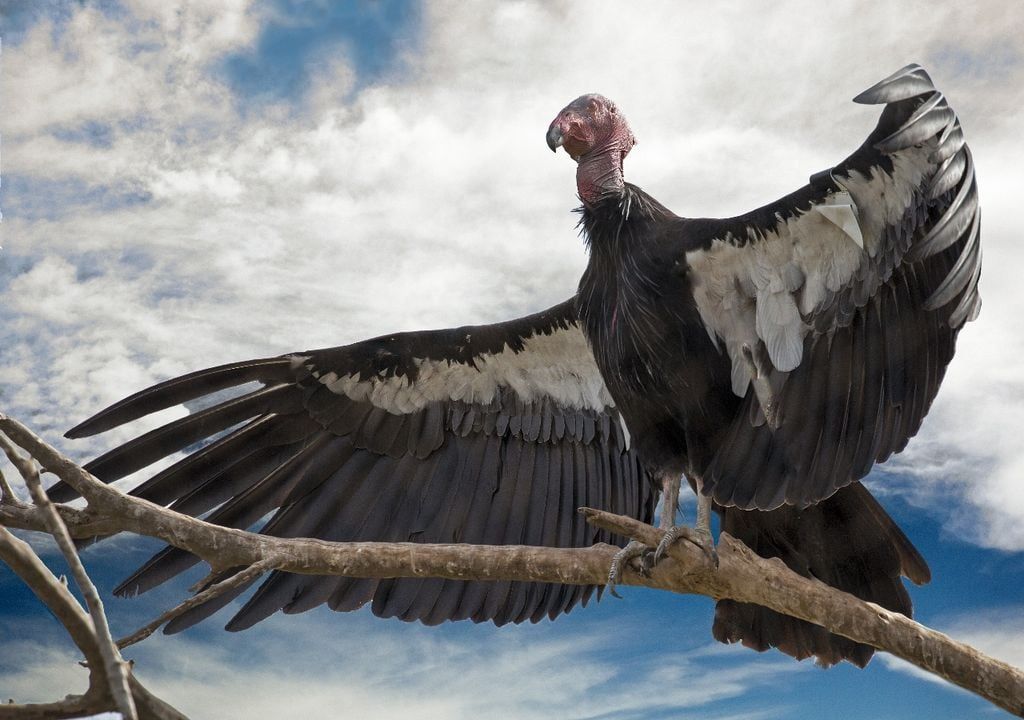
Winglets are vertical extensions at the tips of the wings. which help reduce vortex formation by changing the distribution of airflow around the ends. This decreases the induced resistance. Thus, winglets reduce aerodynamic drag and improve flight performance. Something that the condor has known for thousands of years.
News reference:
Khashayar Rahnamay Bahambary, Mohammad Reza Kavian-Nezhad, Alexandra Komrakova, Brian A. Fleck. A numerical study of bio-inspired wingtip modifications of modern wind turbines. Energy, Volume 292, 2024.

